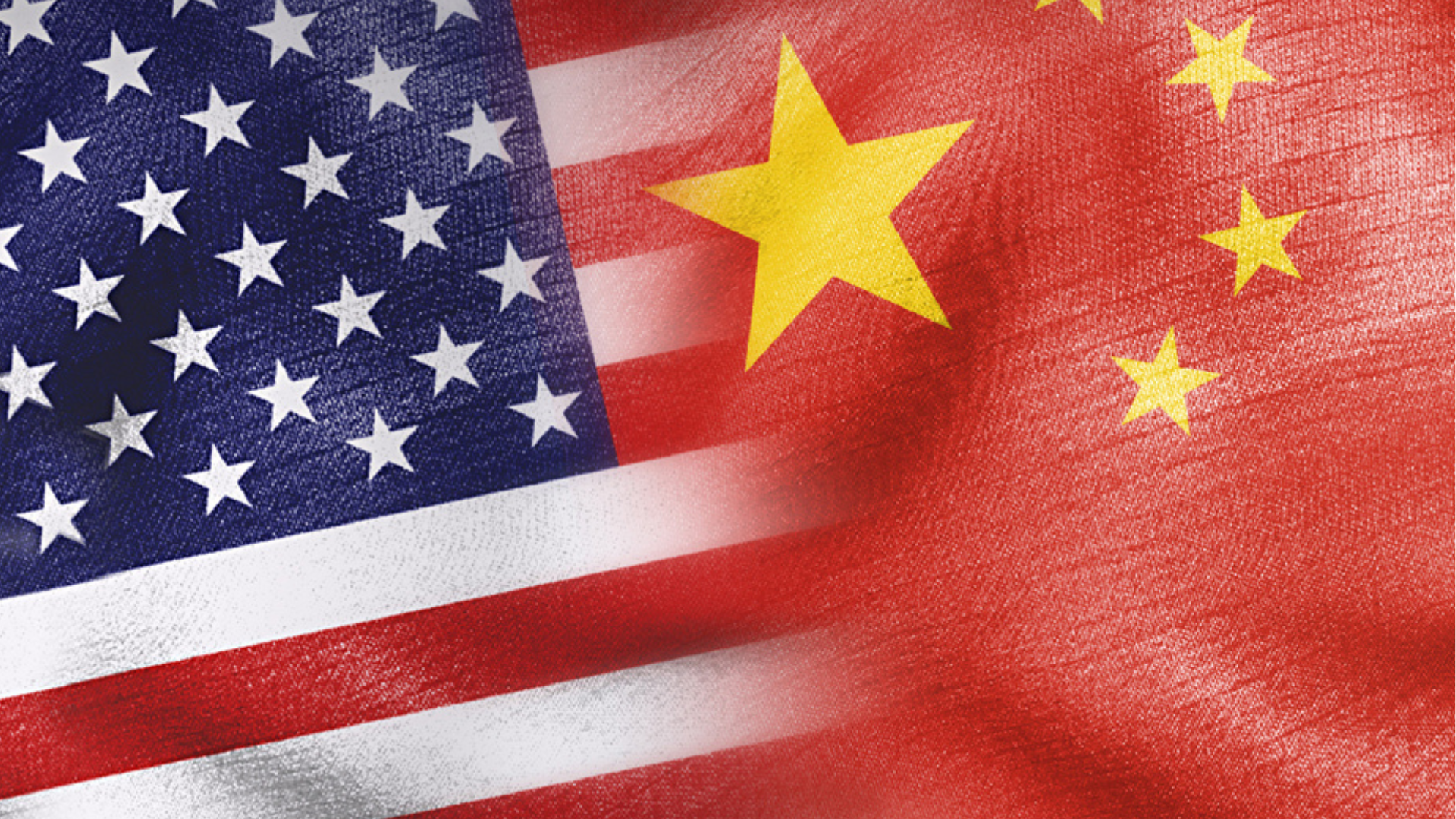Already a subscriber? Make sure to log into your account before viewing this content. You can access your account by hitting the “login” button on the top right corner. Still unable to see the content after signing in? Make sure your card on file is up-to-date.
After a month of escalating tensions over an ongoing trade war, the United States and China have agreed to a temporary suspension and partial rollback of their steep tariffs, signaling a tentative step toward easing economic hostilities between the world’s two largest economies.
Some shit you should know before you read: Just to give you a quick recap, the US–China trade war kicked off when former President Donald Trump imposed an initial 20% tariff on a wide array of Chinese goods, citing unfair trade practices and China’s inaction on fentanyl trafficking. In response, China retaliated with 25% tariffs on US agricultural and manufactured products. This tit-for-tat escalated rapidly, resulting in the US applying tariffs of 145% on some Chinese imports by early April while China set 125% tariffs on American goods, effectively halting many trade flows between the two nations. These soaring duties resulted in a significant decline in container shipments at major US ports on the West Coast, with the Port of Los Angeles and Port of Long Beach reporting drops of almost 25% in Chinese-origin shipments compared to the previous year. On the other side, Chinese exporters faced falling US demand, leading to a contraction in factory orders and contributing to an estimated 340,000 job losses, with talk that it could impact more than 10 million jobs if the trade war continued.

What’s going on now: Following a high-stakes weekend of closed-door negotiations in Geneva, the United States and China reached a preliminary agreement to de-escalate their intensifying trade war. The talks, held at the Geneva residence of the Swiss ambassador to the United Nations, marked the first in-person meeting between top economic officials from both countries since President Trump imposed sweeping new tariffs in April. Leading the US delegation were Treasury Secretary Scott Bessent and US Trade Representative Jamieson Greer, while Vice Premier He Lifeng represented China.
The core of the agreement is a 90-day suspension and reduction of punitive tariffs. The United States agreed to roll back its tariffs from 145% to 30% on Chinese imports during this period, while China cut its retaliatory tariffs from 125% to 10% on US goods. Both countries will retain a 10% baseline tariff, which had been in place prior to the April escalation. Additionally, the US pledged to reverse tariffs imposed via two executive orders that had targeted a wide array of Chinese goods, including products from Hong Kong and Macau. In return, Beijing agreed to suspend its corresponding retaliatory tariffs and to remove non-tariff countermeasures, such as export restrictions on rare earth materials.
Beyond tariffs, the two delegations also addressed broader bilateral concerns. The US pushed China to crack down on the production and export of precursor chemicals used in fentanyl, which has fueled a public health crisis in the United States. In a statement, Treasury Secretary Scott Bessent said, “The Chinese understood the magnitude of the fentanyl crisis,” adding that there was a “positive path forward” on cooperation in that area. Vice Premier He Lifeng labeled the outcome “important progress.”
The joint statement released after the talks stated that they agreed to a spirit of “mutual opening, continued communication, cooperation, and mutual respect,” and both sides committed to holding further talks that will alternate between China, the US, or a third country.







